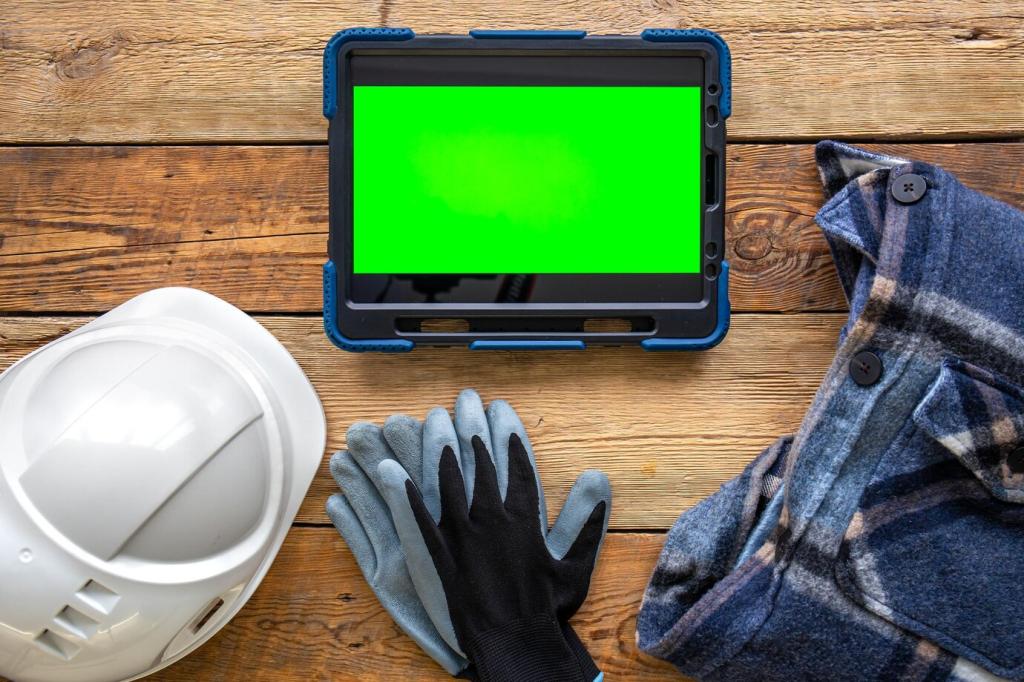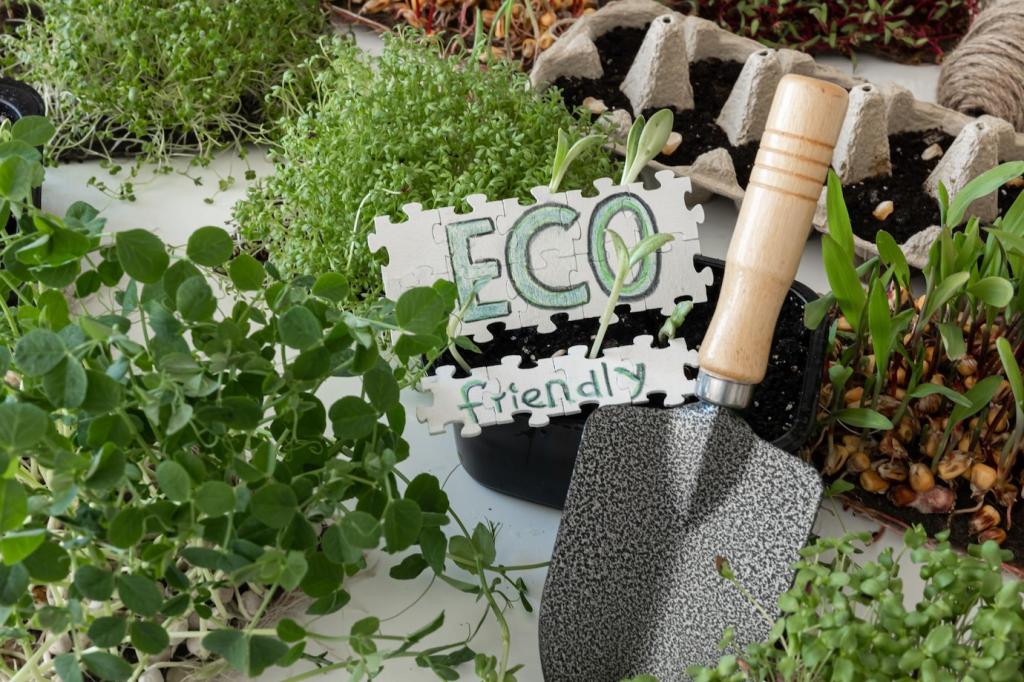Strengthen Structures With Minimal Waste
Disassemble gently, remove failed glue, and re-clamp with hide glue for a repair that respects original joinery. Proper clamping pressure and cure time restore strength without new hardware or excess material.
Strengthen Structures With Minimal Waste
Use a dowel plate or whittle-to-fit from matching wood species. Custom dowels blend invisibly, reduce purchasing, and put otherwise overlooked scraps to work bracing rails, spindles, and stretcher joints.






